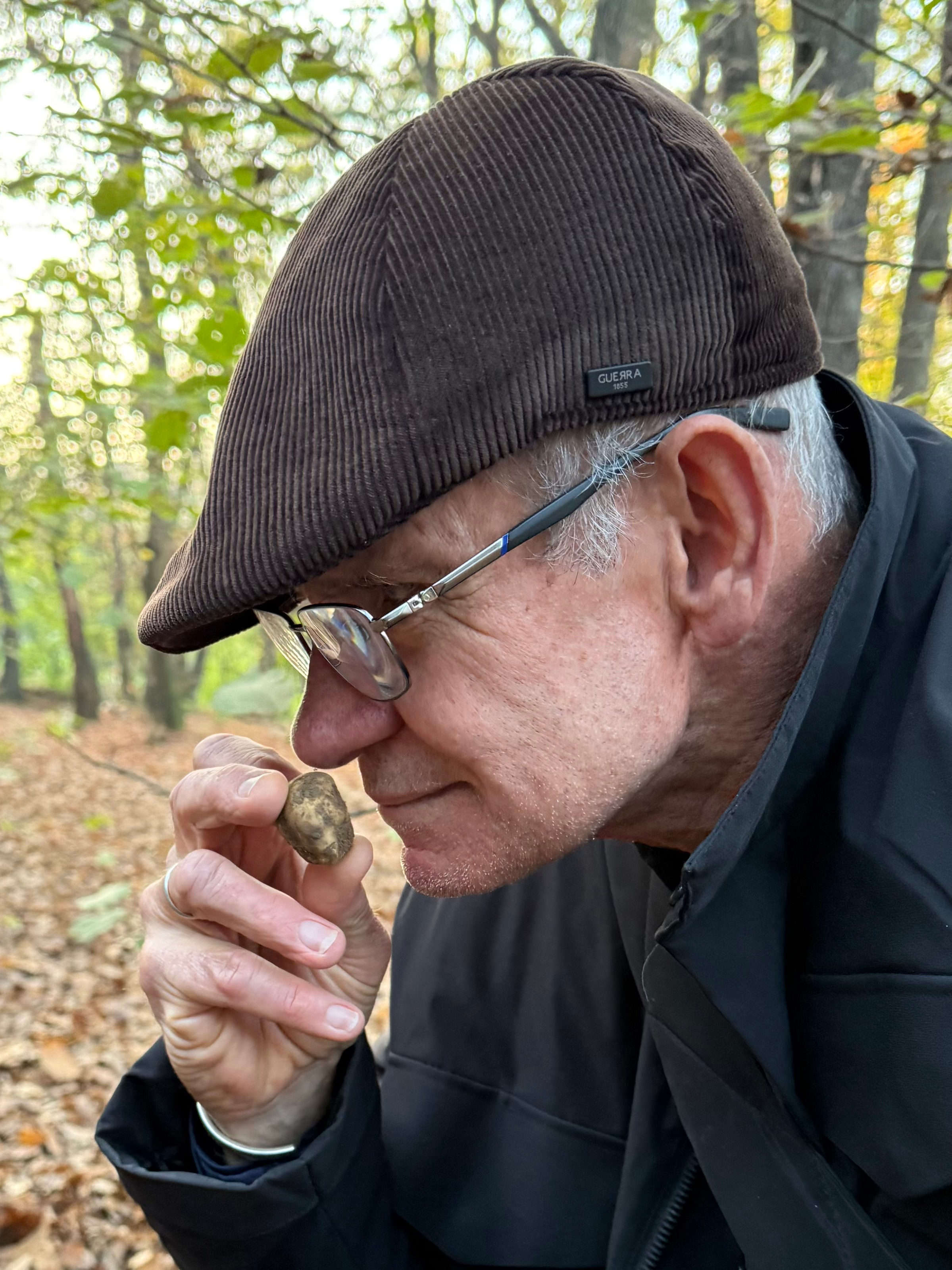Unveiling the Truffle Grading Process: The Journey from Hunt to Classification.
- Carmine Di Campli

- May 9, 2024
- 2 min read

In this truffle blog post, we help you go get ready for the upcoming truffle season with a dive into the glorious world of truffle grading and classifying! We'll be your guides as we unveil the secrets behind our quest for only the crème de la crème of truffles to grace our market stall. Strap in for a tantalizing tale of sniffing, digging, and discerning the finest truffle for your table.
Imagine the scene: it's our weekly truffle hunt, starring yours truly and Leesa, along with the fabulous Luna, and the ever-charming Frank: The Fish River Truffle, truffle-sniffing quartet. Leesa takes the lead with Frank, while Luna enjoys the view from the car – age has its perks! Frank's nose leads the way, with Leesa marking each truffle find like a seasoned cartographer. Meanwhile, I'm on digging duty, carefully inspecting each gem for that telltale sign of quality before sealing them up with a flourish and noting the tree they came from like a proud parent. Yep, we know the tree from which every truffle was born.
With the hunt wrapped up and the dogs rewarded with playtime, it's onto the main event: truffle grading.
Truffle grading is where the magic happens – or should we say, where the dirt gets scrubbed away! Leesa works her cleaning magic, wielding a toothbrush and a sharp eye to ensure each truffle is up to snuff. From rooting out the riffraff to trimming away imperfections, no truffle escapes her discerning gaze. Once cleaned up and looking sharp, it's decision time: which truffles make the cut for market, and which ones are destined for our personal stash?
But wait, there's more – it's time for truffle classing!
Classifying truffles is like playing detective, only with a lot more sniffing and a lot fewer magnifying glasses. We follow the United Nations Standard on truffles, because when it comes to standards, we don't truffle around! Check out our handy table below for the lowdown on what makes a top-notch truffle. Unfortunately, the standards are very quiet on what makes a truffle aroma glorious. Don’t worry, for a deeper dive into aroma, follow the links to some of our previous posts below.
In brief, this is where things get interesting. Each truffle is a culinary snowflake, with its own unique scent waiting to be paired with the perfect dish. It's like a delicious game of matchmaking which you can win at with the right knowledge and practice. What a journey, so complex and it’s just around the corner, again!
So, there you have it – from hunt to harvest to grading and classing, our truffle journey is as wild and wonderful as the truffles themselves. If you liked this post please do share it with your fellow truffle enthusiasts, and if you've got any truffle stories or questions, we're all ears. Until next time, happy truffling, friends!






Comments